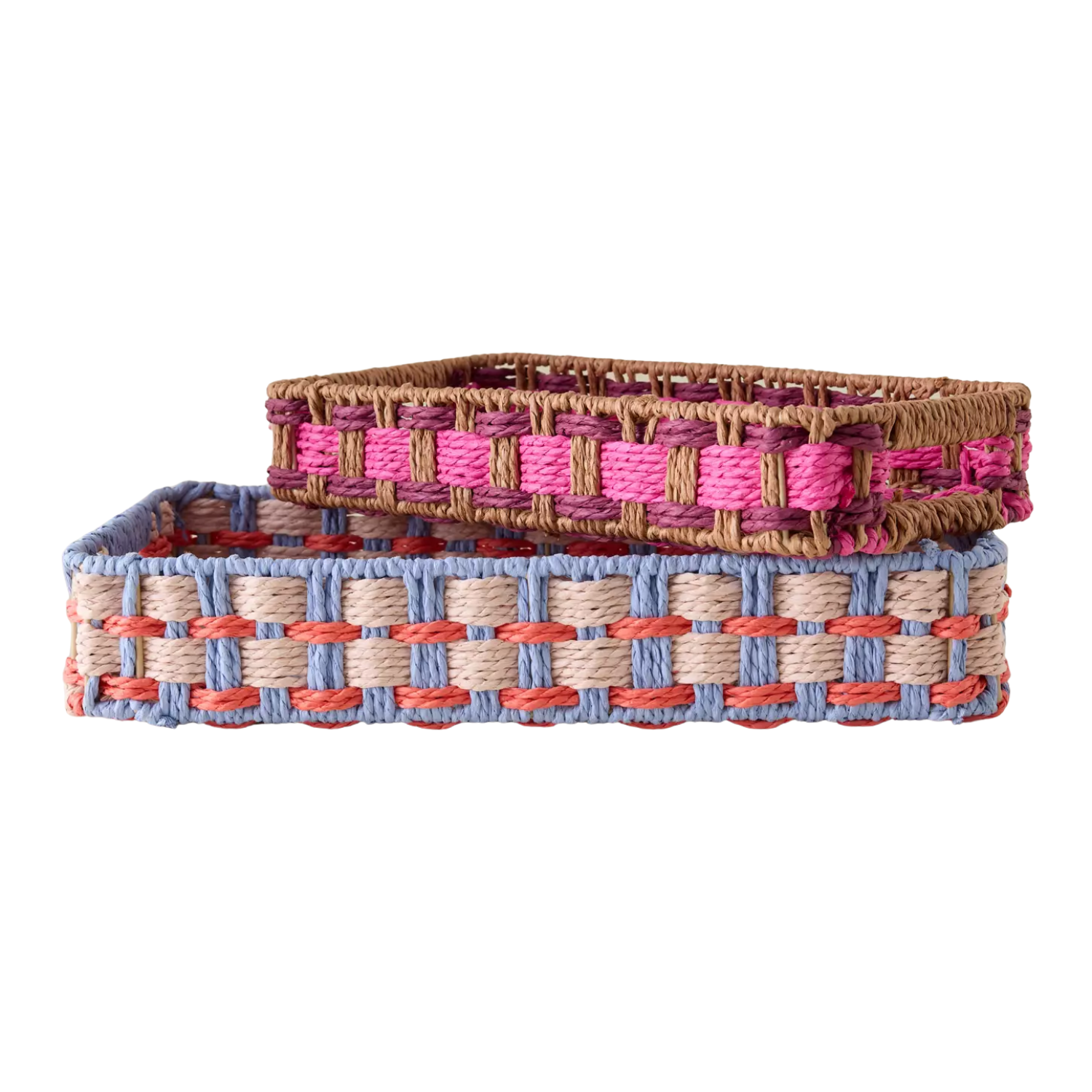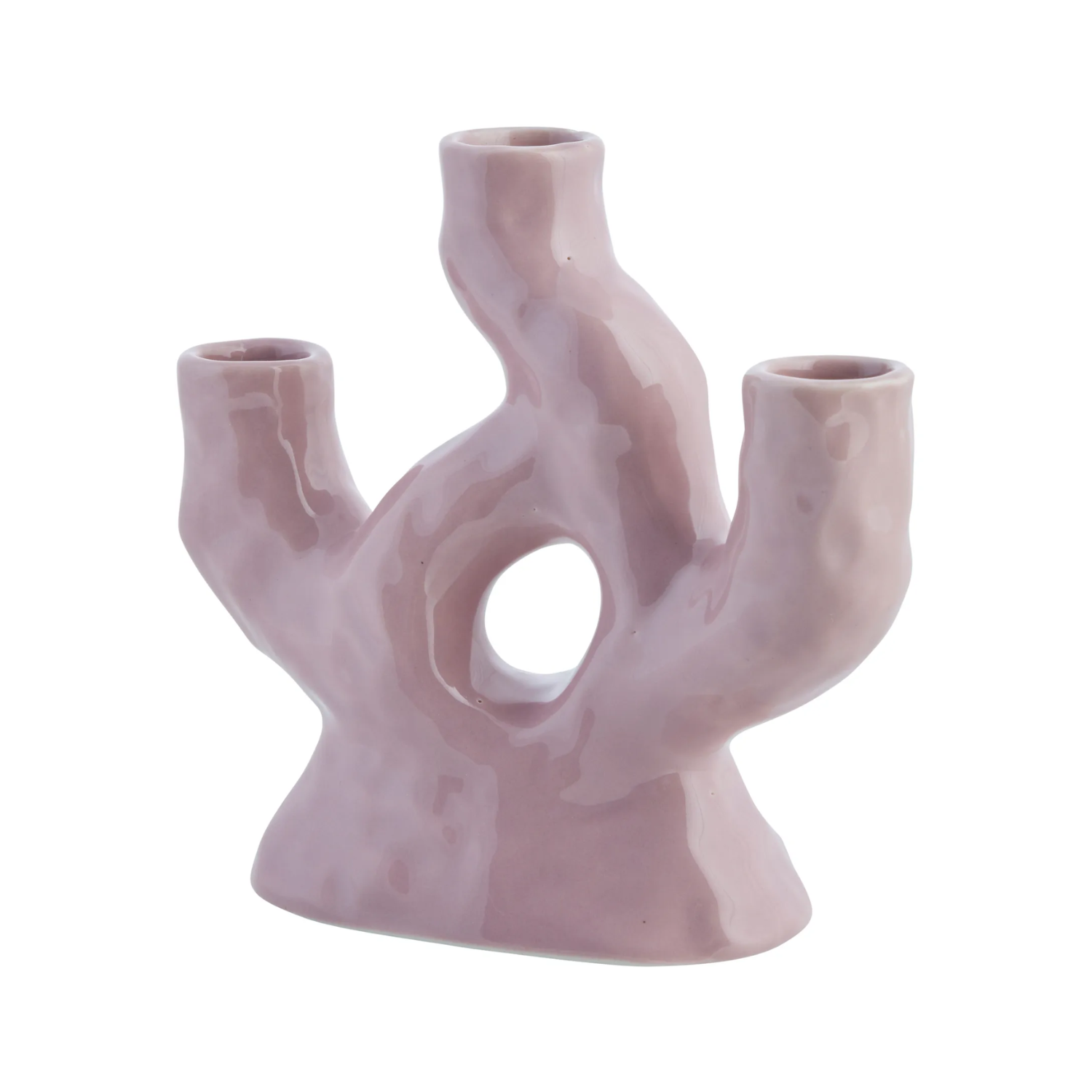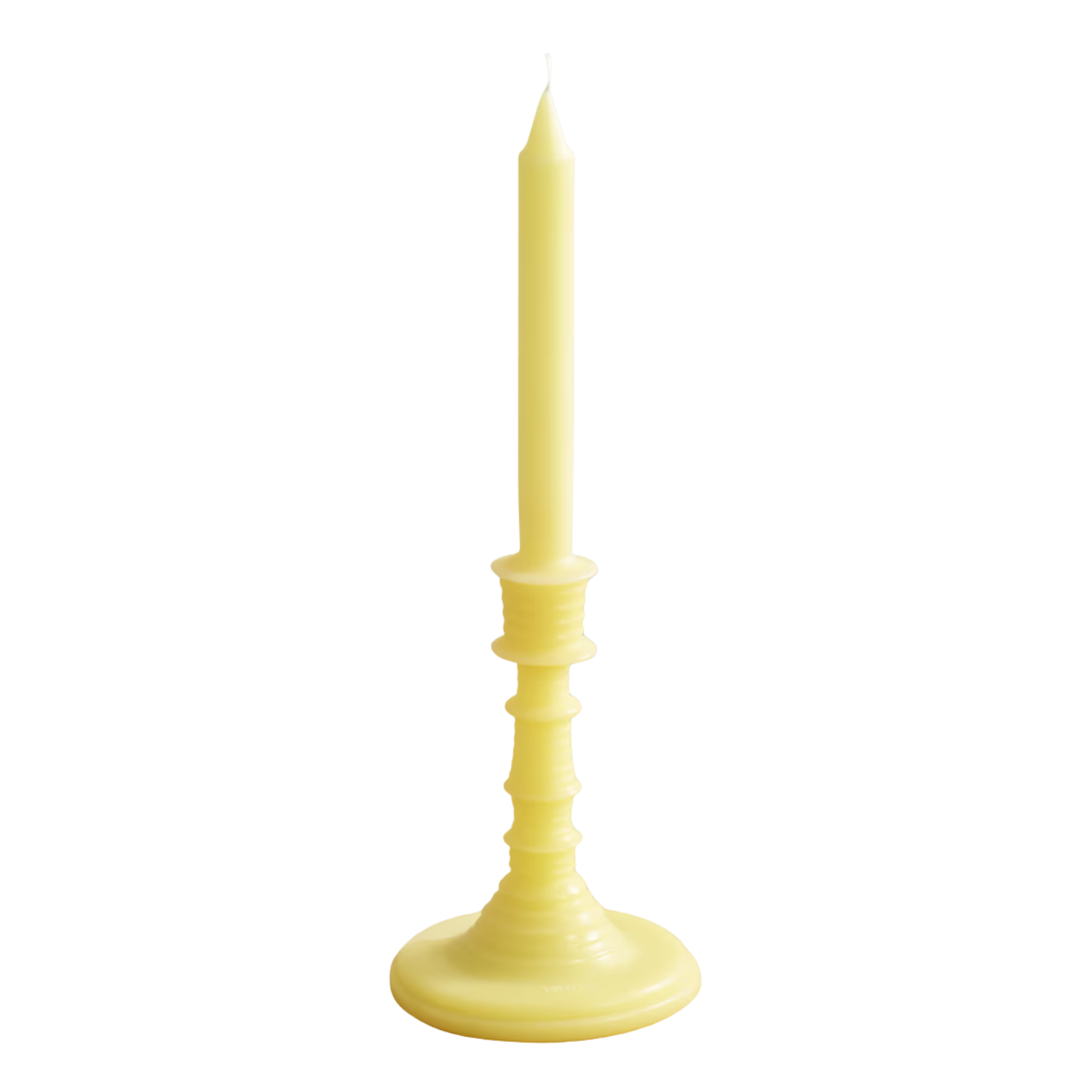Why Do I Always Want to Redecorate? I Asked Psychologists to Explain What the Compulsive Urge Means, and How to Resist It
From social media to a design journey with the objective of reclaiming space, there are a couple of factors to point to
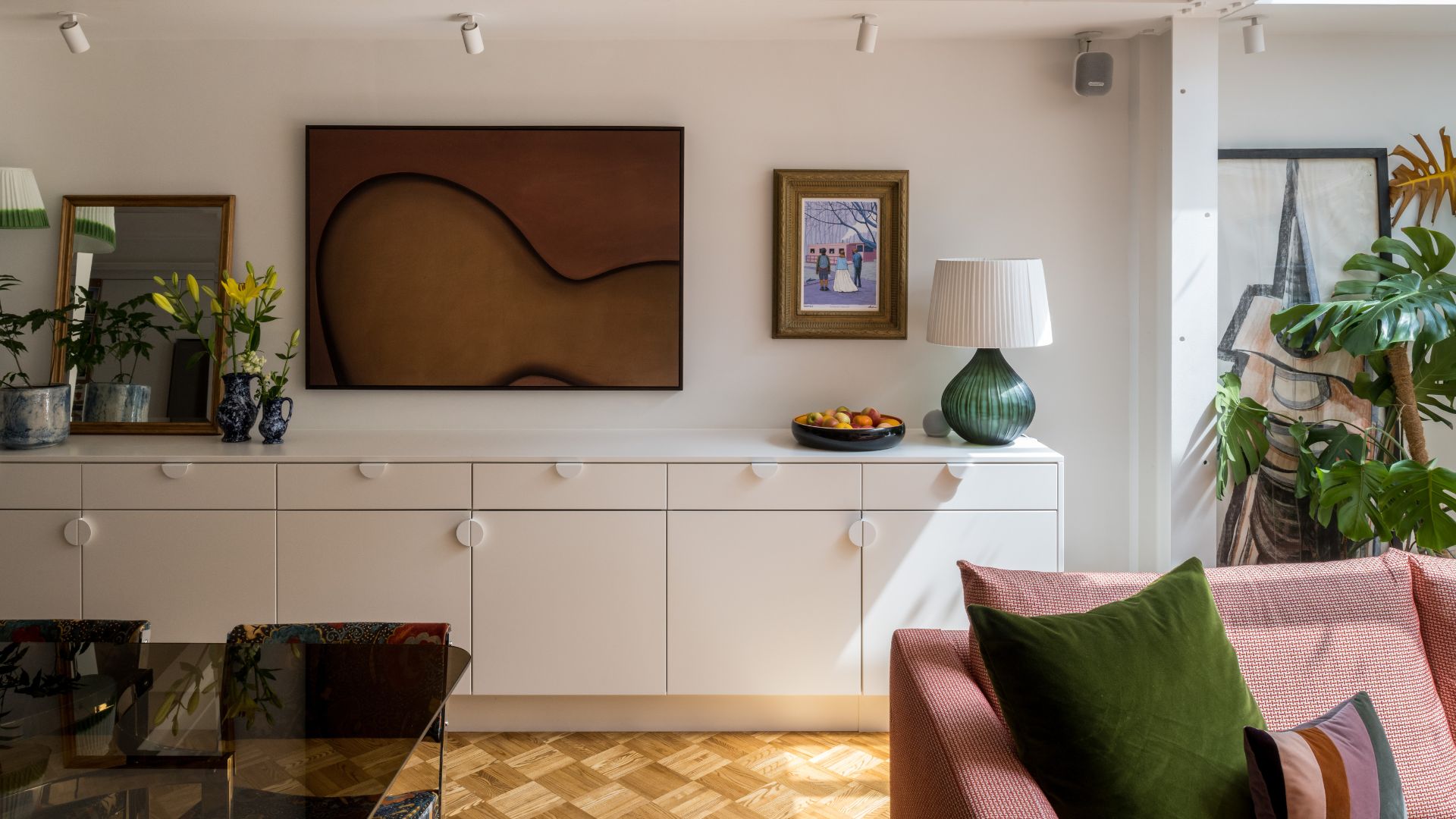

Move the couch, swap the rug, shift the lamp, repeat. If this (or a similar) pattern of events runs through your mind much too often, then you're probably in a redecorating cycle that's tough to kick.
And with interior design trends being so much more in reach and often thrust upon scroll after scroll, it can be tough to stop and smell the roses by taking in the beautiful ambiance of your home for long.
You might be thinking that this ever-changing shift in aesthetics is a commonality on all style fronts, and that's true. But the difference in interiors is that your home is meant to feel stable and constant.
So, what's the reason behind this compulsive urge to redecorate? Well, these psychologists tell me that there are a few factors to consider. Starting with a desire for control.
1. Desire for Control
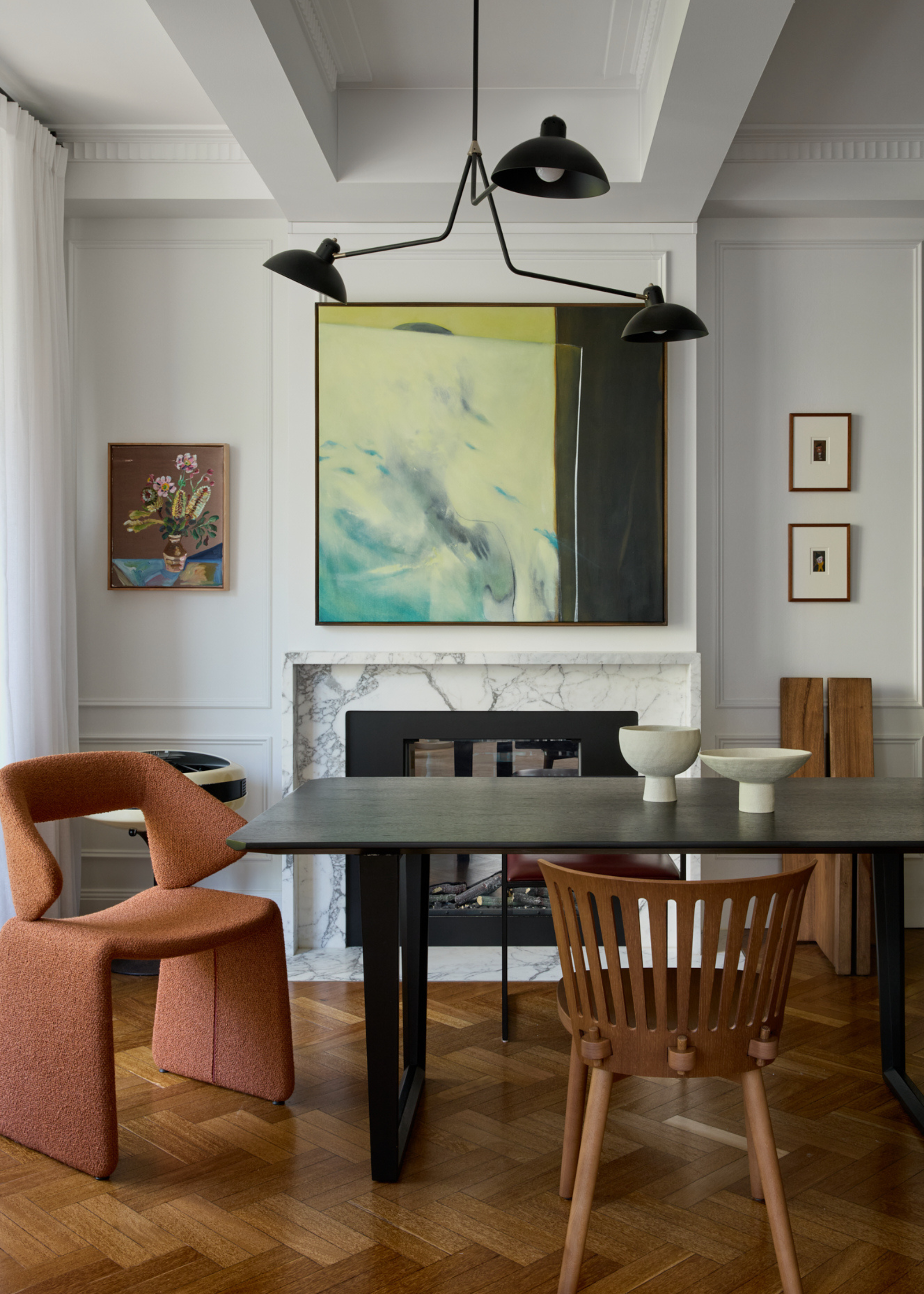
"In uncertain times, changing our environment can give us a sense of control and agency," says psychotherapist Dana Colthart. "Rearranging a room or buying new decor may seem small, but it allows people to shape something tangible in their lives."
And psychoanalyst Anat Joseph agrees. "People could decorate to find a place to control when the world around them feels out of control," she notes. "It could be a source of grounding and transformation for them."
Especially in today's day, where a million things seem to be happening all around us, you might find solace in being able to switch up the look of your space on a whim, as you please. From keeping up with color trends to pattern trends, there's no shortage of inspiration.
The Livingetc newsletters are your inside source for what’s shaping interiors now - and what’s next. Discover trend forecasts, smart style ideas, and curated shopping inspiration that brings design to life. Subscribe today and stay ahead of the curve.

Dana Colthart is a psychotherapist currently practicing in Bergen County, NJ. She specializes in OCD and eating disorder treatment. She received her graduate degree from Fordham University seven years ago. She uses exposure therapy (ERP and ACT) in her practices.

Anat Joseph is a Licensed Clinical Social Worker and Psychoanalyst based in New York and New Jersey, with a Master’s degree from NYU and certification in psychoanalysis. She works with children, adolescents, and adults dealing with anxiety, depression, trauma, and complex relationship challenges.
2. To Reclaim Space
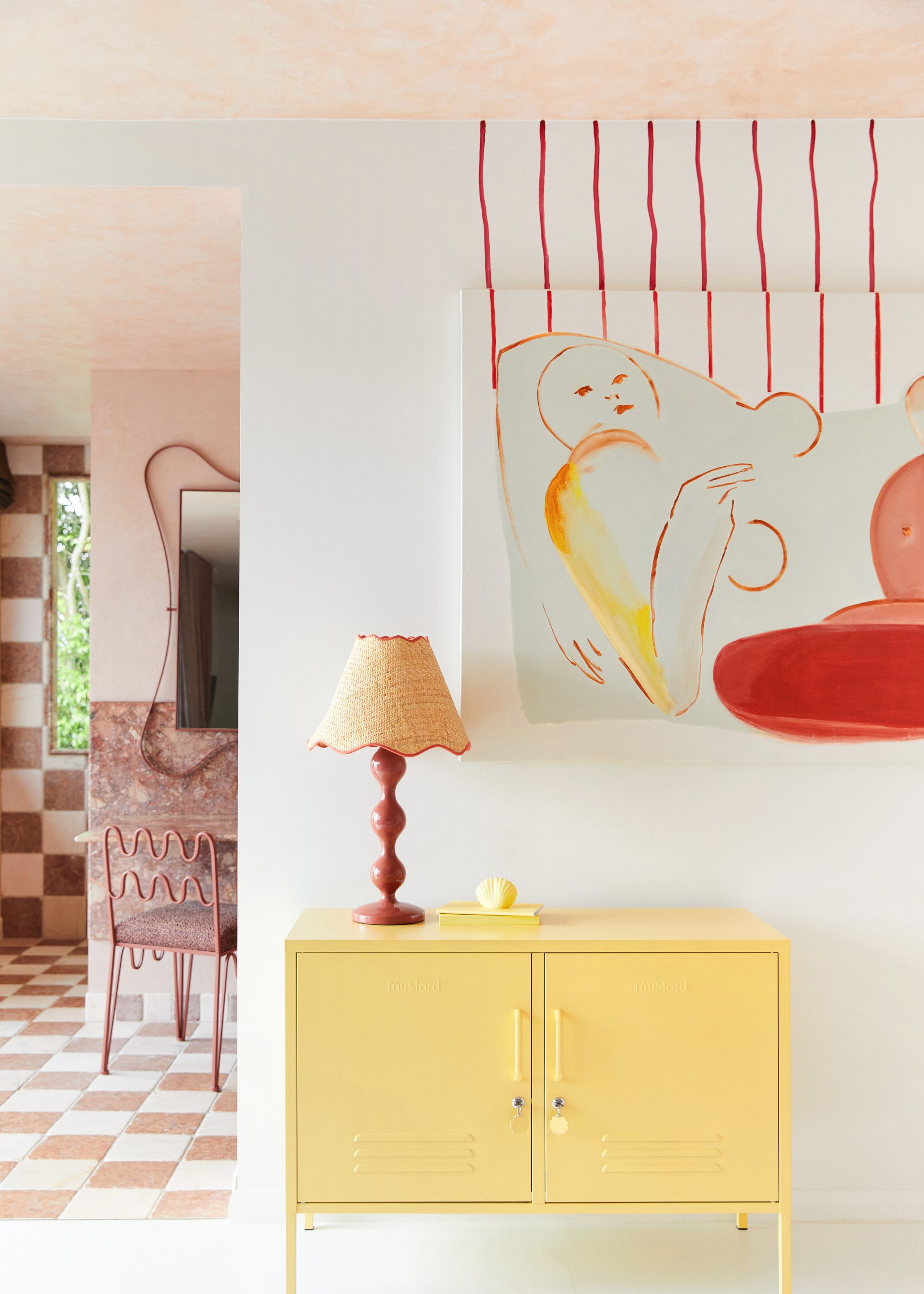
According to Dana, you can also feel the urge to redecorate in times when you're yearning to reclaim your home and make it feel authentically yours.
"Sometimes a space can represent a loss or difficult memories, and people redecorate in order to rewrite memories or make a space for new memories," she says. "The new space can represent healing and evolving. Whereas the old space could have represented loss and hurt."
Whether you're designing a cozy living room or bedroom, this therapeutic decorative overhaul will offer momentary comfort. But it's just as important to look a little deeper and come to terms with the inner emotions facilitating this change.
3. Emotional Expression and Safety
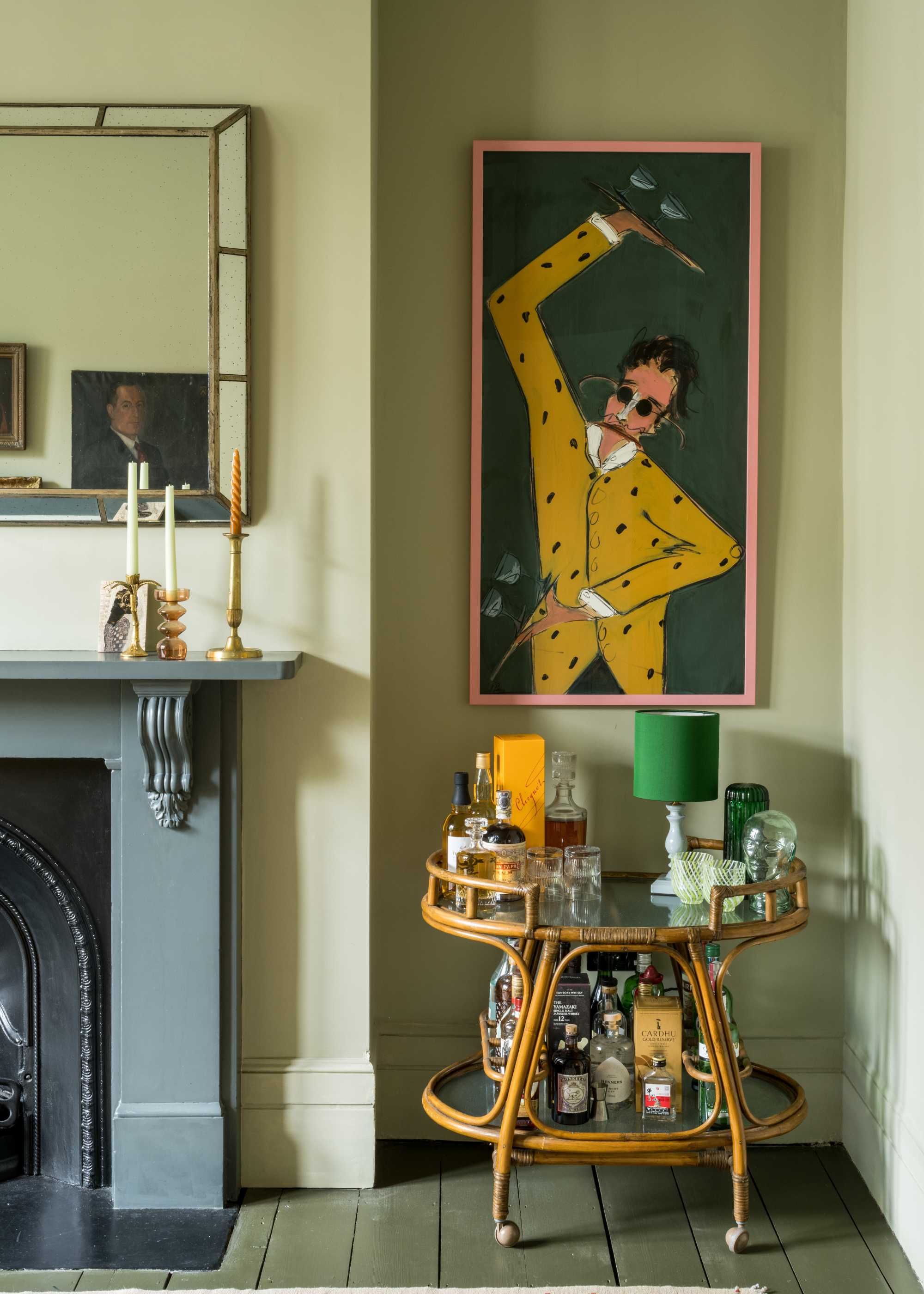
"Our homes are extensions of ourselves. Redecorating can be a form of self-expression, especially during life transitions," says Anat. "This could be after a breakup, a new job, or entering a new phase of identity."
Think impulse DIY bangs in front of your bathroom mirror, followed by a new lick of paint to brighten up your bedroom. We've all been there. Plus, Dana tells me that the urge to redecorate can also tie into feeling safer.
"Designing for emotional security and creating a safe haven," she adds. "People often redecorate in order to create an emotionally calming environment."
4. Mood Regulation
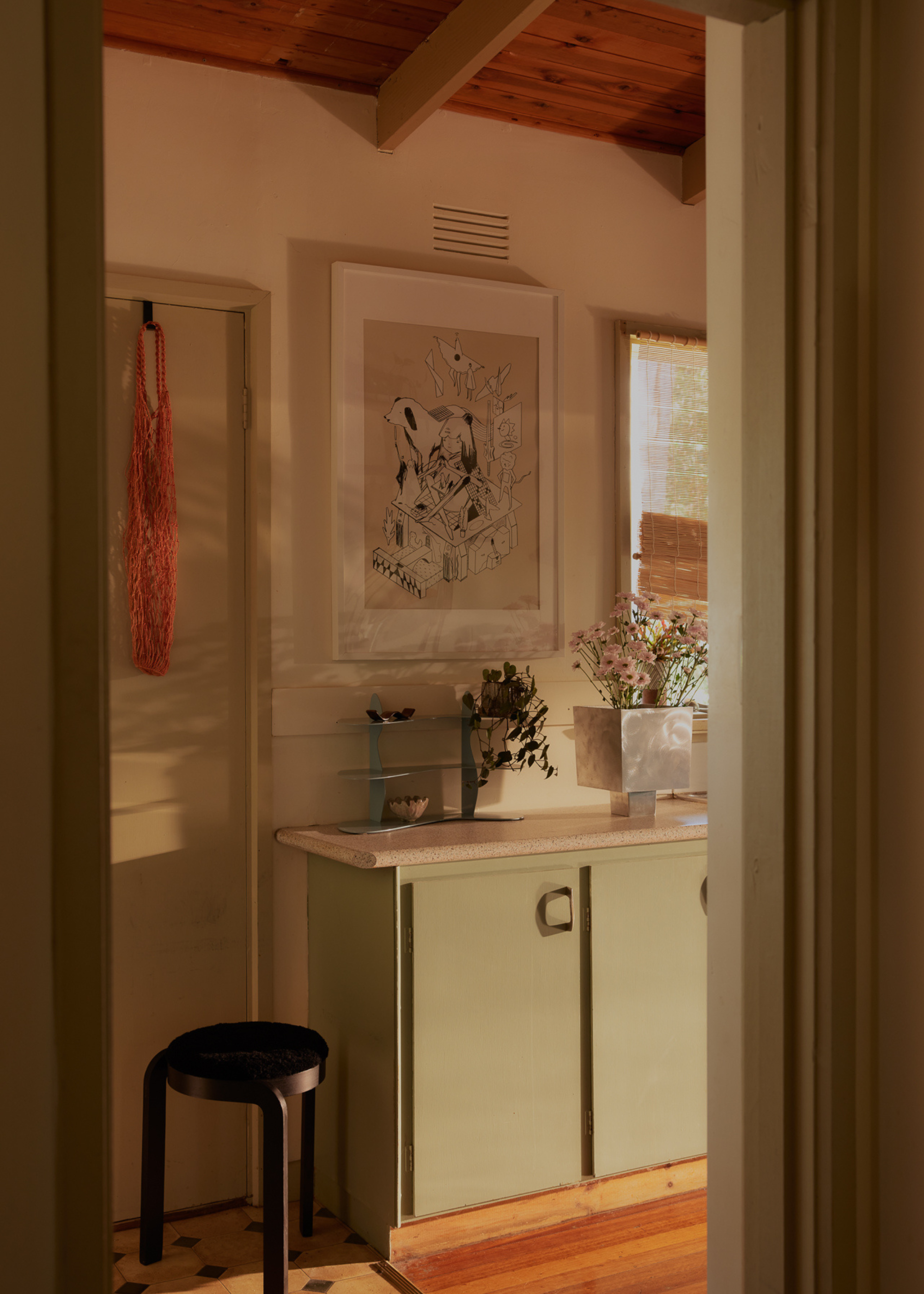
"Changing one’s space can lift mood, reduce anxiety, and create a fresh emotional atmosphere," says Anat. "Just like we might change our clothes to match how we want to feel, we do the same with our surroundings."
One day, it's chrome decor that'll bring you joy, but the next week, it could be cow print that uplifts your space. You might find yourself adjusting to whichever genre of dopamine decor is elevating the spirit of your home in the moment.
Dana explains that you might also want to glow-up your space to spark creativity and change. "Stagnation and monotony can feel bad for a lot of people," she says. "Redecorating can help people feel excited and uplifted."
5. Influence of Social Media
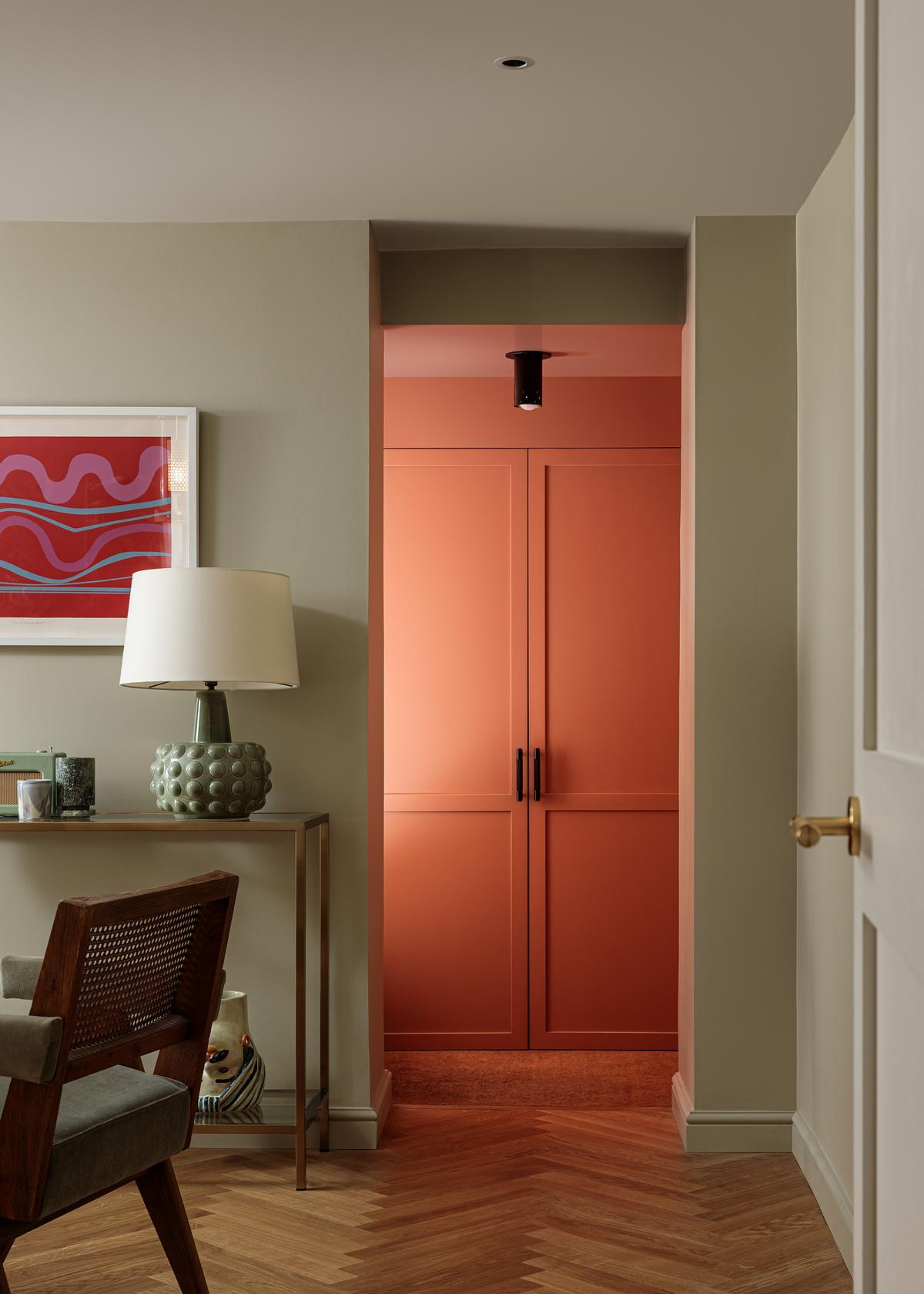
"Platforms like Instagram and Pinterest constantly expose us to aesthetic upgrades and 'perfect' homes," says Anat. "This can fuel a cycle of comparison and the feeling that our space needs constant improvement."
Don't get me wrong, I love a late-night scroll on my Instagram, and I have a whole album of Pinterest boards to fit every nook of my home. However, this addiction to design changes tuned to the beat of your algorithm will result in a never-ending and never-fulfilling rhythm.
Instead, take a moment to determine what you truly want your home to represent. And that could still be a fun, trendy style like sardine decor or tomato girl summer. The key is to ensure that it's you behind the wheel of the interior, not your social media.
Functional Tabletop Decor
Now that we've taken a lens to the constant urge to redecorate, I recommend asking yourself: What is my interior style? From there, you can begin to curate a space that truly makes you feel at home.

Amiya is a Home Wellness Writer at Livingetc. She recently graduated with a Masters Degree in Magazine Journalism from City, University of London, and has lent her words to beauty, fashion, and health sections of lifestyle publications including Harper’s Bazaar and Women’s Health. Her experience as a research analyst has equipped her with an eye for emerging trends. When she’s off the clock, she can be found reading, listening to music, or overanalyzing her latest Co-Star update.
